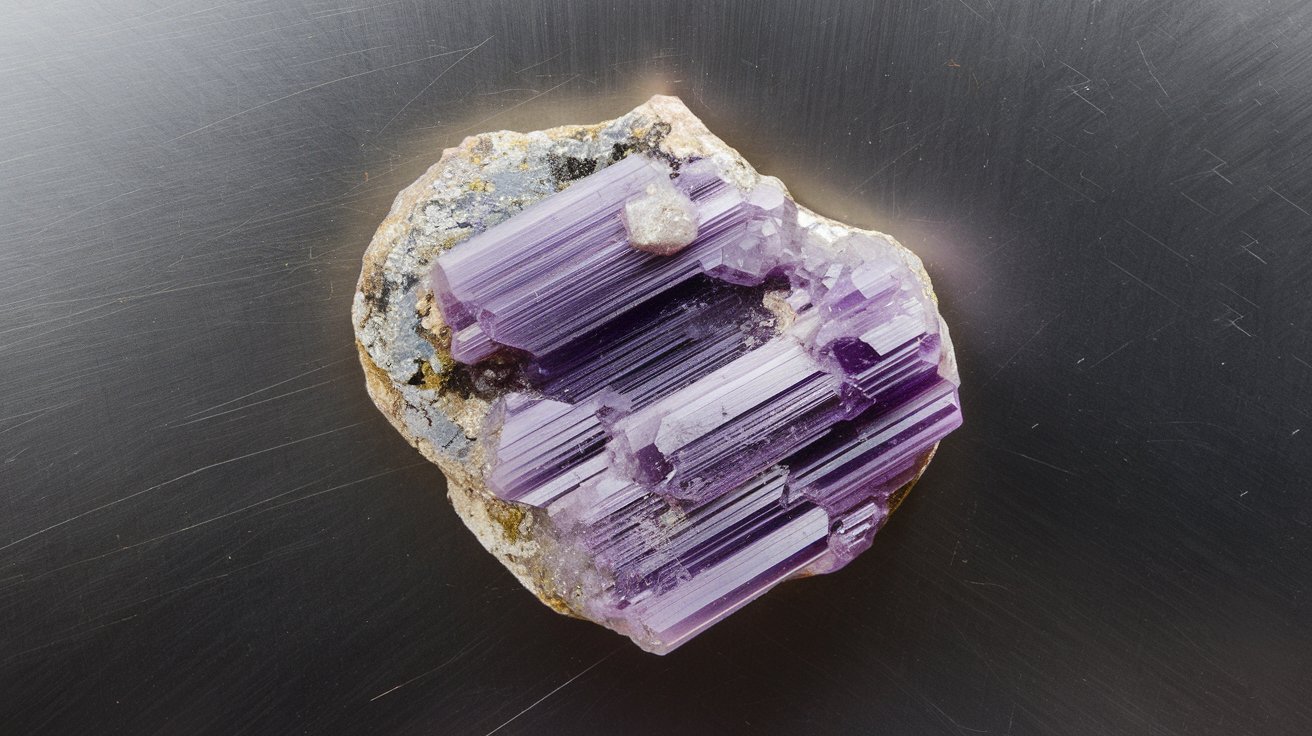
Madocite is a rare mineral that has fascinated geologists and mineral enthusiasts alike. Found primarily in specific regions, this mineral holds unique properties and a rich history. Madocite is known for its striking appearance and complex chemical composition, making it a subject of study and admiration. Whether you're a budding geologist or simply curious about the natural world, learning about Madocite can be both educational and intriguing. This blog post will dive into 25 captivating facts about Madocite, shedding light on its origins, characteristics, and significance. Get ready to uncover the mysteries of this remarkable mineral!
Key Takeaways:
- Madocite is a rare mineral found in Canada and other countries, with unique properties used in batteries, flame retardants, and more. However, it requires careful handling due to its toxic lead and arsenic content.
- Madocite, a collector's mineral, has industrial uses in batteries and electronics. However, its extraction and processing pose health and environmental risks, requiring safety measures and ongoing research for safer methods.
What is Madocite?
Madocite is a rare mineral that has intrigued geologists and mineral enthusiasts alike. Its unique properties and fascinating history make it a subject worth exploring. Here are some intriguing facts about Madocite.
-
Madocite is a sulfide mineral composed primarily of lead, antimony, and sulfur.
-
It was first discovered in Madoc, Ontario, Canada, which is how it got its name.
-
The mineral typically forms in hydrothermal veins, often associated with other sulfide minerals.
-
Madocite has a metallic luster and is usually found in a grayish-black color.
-
Its crystal system is orthorhombic, meaning it has three axes of different lengths that are all perpendicular to each other.
Chemical Composition and Structure
Understanding the chemical makeup and structure of Madocite can provide insights into its formation and properties.
-
The chemical formula for Madocite is Pb17(Sb,As)16S40.
-
It contains a significant amount of lead (Pb), making it a mineral of interest for lead extraction.
-
Madocite also contains antimony (Sb) and arsenic (As), which are less common in other minerals.
-
The mineral's structure is complex, with multiple sulfide layers interspersed with lead and antimony atoms.
-
Its density is relatively high due to the presence of heavy metals like lead and antimony.
Occurrence and Extraction
Madocite is not just found in Madoc, Ontario. It has been located in various parts of the world, each with unique geological settings.
-
Besides Canada, Madocite has been found in Sweden, Germany, and China.
-
It often occurs alongside other minerals like galena, sphalerite, and pyrite.
-
Extraction of Madocite is challenging due to its rarity and the complex processes required to separate it from other minerals.
-
The mineral is usually extracted through underground mining techniques.
-
Once extracted, Madocite undergoes smelting to separate the lead and antimony from the sulfur.
Uses and Applications
Madocite's unique properties make it useful in various industrial applications, particularly in metallurgy.
-
The lead extracted from Madocite is used in batteries, radiation shielding, and ammunition.
-
Antimony from Madocite is used in flame retardants, alloys, and electronics.
-
The mineral's high density makes it useful in weighting agents for drilling fluids in the oil and gas industry.
-
Madocite is also studied for its potential use in semiconductors and photovoltaic cells.
-
Despite its industrial uses, Madocite is primarily a collector's mineral due to its rarity.
Environmental and Health Concerns
Handling and processing Madocite come with certain risks, primarily due to its lead and arsenic content.
-
Lead exposure from Madocite can cause serious health issues, including neurological damage and kidney disease.
-
Arsenic in Madocite is toxic and can lead to skin lesions, cancer, and cardiovascular diseases.
-
Proper safety measures, including protective gear and ventilation systems, are essential when handling Madocite.
-
Environmental regulations require that mining and processing facilities implement measures to prevent contamination of soil and water.
-
Ongoing research aims to find safer methods for extracting and processing Madocite to minimize health and environmental risks.
The Final Word on Madocite
Madocite, a rare mineral, has fascinated geologists and collectors alike. Its unique properties and formation process make it a subject of ongoing study. Found primarily in specific regions, this mineral's rarity adds to its allure. Whether you're a seasoned geologist or just curious, understanding madocite offers a glimpse into Earth's complex geological history. Its distinct characteristics, like its crystal structure and composition, set it apart from other minerals. Collectors value madocite not just for its rarity but also for its scientific significance. So next time you come across a piece of madocite, remember, you're holding a fragment of Earth's ancient past. Keep exploring, keep learning, and who knows? Maybe you'll uncover more fascinating facts about this intriguing mineral.
Frequently Asked Questions
Was this page helpful?
Our commitment to delivering trustworthy and engaging content is at the heart of what we do. Each fact on our site is contributed by real users like you, bringing a wealth of diverse insights and information. To ensure the highest standards of accuracy and reliability, our dedicated editors meticulously review each submission. This process guarantees that the facts we share are not only fascinating but also credible. Trust in our commitment to quality and authenticity as you explore and learn with us.
